All Exhibits (19 total)
An Illustrated Expedition of North America
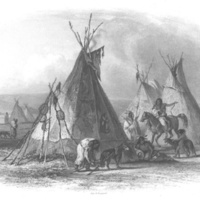
In 1832 naturalist Prince Alexander Philipp Maximilian (1782-1867), ruler of the small state of Neuwied, Prussia [now in Germany], conducted one of the earliest expeditions to the American West to record the natural history of the region. Accompanying him were Swiss-born artist Karl Bodmer, who produced numerous drawings illustrating their travels, and David Dreidoppel, Maximilian's servant and a skilled hunter-taxidermist. Although Maximilian and Bodmer were not the first to explore the American West and record their observations, they were the first team combining a trained, dedicated scientist with an especially skilled illustrator, whose collaboration resulted in a work of unique historical, scientific, and aesthetic…
Archeological Discoveries During Stream Restoration
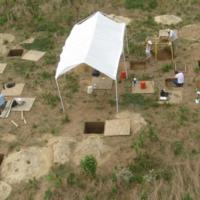
Archeological Discoveries During Stream Restoration on theHenry A. Wallace Beltsville Agricultural Research Center (BARC)
A joint exhibit by theMaryland State Highway Administration (SHA)and theNational Agricultural Library (NAL)
Located in the Library lobby 8:30 a.m. - 4:30 p.m. Monday - Friday, exluding Federal holidays
Artifacts and site photographs are from SHA's Archeological and stream restoration project.Additional images of Maryland native plants, animals, and Native American life are fromNAL's rare books and special collections.
Events at the Library

From time to time, the National Agricultural Library hosts public or semi-public events at its physical location in Beltsville, Maryland. These events can include educational lectures, meetings of professional societies, and award ceremonies and Special Collections often puts together a small exhibit of relevant materials for visitors to enjoy. The pages within this digital exhibit are records of the events and the items selected for display at these events.
Frank N. Meyer

Frank N. Meyer (1875-1918)
In 1901, Frans Nicholas Meijer emigrated from the Netherlands to America where he became Frank Meyer. Almost immediately, Meyer went to work for the United States Department of Agriculture's Erwin F. Smith, known internationally for his groundbreaking work in bacteriology. In 1902, Meyer began working at USDA's Plant Introduction Station in Santa Ana, California.The period from 1905 to 1908 marked the beginning of Meyer's expeditions to Asia, where he collected plants in China, Russia, and Japan, as well as other countries. During his second expedition from 1909 to 1912, he collected in Europe, Russia, and in China. From 1913 to 1915, he explored and collected plants in Russia and China. Meyer's fourth and…
Historic Poster Collections

The Poster Collection depicts such areas as the development of the poultry industry, insect control, plant protection, and the role of agriculture in World War I. From increased production to seed selection to the conservation of farm products through careful storage, canning, drying, and preserving, these historic posters present unique documentation on past efforts to disseminate agricultural information at national, state, and local levels.
For more from the Poster Collection, visit our collection at the Internet Archive.
Images from Manuscript Collections
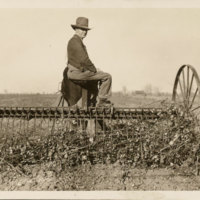
These images reflect the broad range of materials in the library's Manuscript Collections. Each image is a digital reproduction of the original artwork or written text.
See images from selected collections by clicking a collection name in the Exhibit Navigation bar.
Featured image on left from Pink Bollworm Project Photograph Collection. To view all images from this collection, visit the collection page here.
Nursery and Seed Trade Catalogs

The following are digitized covers from Special Collections' Henry G. Gilbert Nursery and Seed Catalog Collection. The collection consists of over 200,000 American and foreign catalogs. The earliest catalogs date from the late 1700s, but the collection is strongest from the 1890s to the present. Each image is a digital reproduction of the original artwork. Click on each image below to view a larger image of that seed catalog cover.
For more Nursery and Seed Trade Catalogs, visit our collection at the Internet Archive.
Past Exhibits

Each page in this exhibit represents a category of items previously exhibited or a digital representation of a physical exhibit.
Popcorn: Ingrained in America's Agricultural History
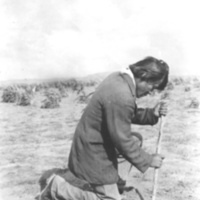
Everyone seems to love popcorn. It has become a mainstay at movie theaters, sporting events, amusement parks, and nearly everywhere else people gather. Although Americans are now such avid consumers of popcorn, and its agricultural history is long, its commercial history is comparatively short. Popcorn was not mentioned in early farm papers and seed trade catalogs until around 1880, but once the American public discovered it, popcorn's popularity quickly grew.Nearly all of the world's popcorn production is in the United States, with 25 states growing the crop. Over one fourth of the national production is in Nebraska, and Indiana produces only slightly less. Other major popcorn-producing states are Illinois, Ohio, and…
Rare Books

The following are digitized images or plates from Special Collections' Rare Book Collection. This collection is strong in a number of agricultural sciences and includes works by many great herbalists, as well as renowned works on flowers and fruits from both the 18th and 19th centuries. Each image is a digital reproduction of the original artwork or written text.
Smokey Bear
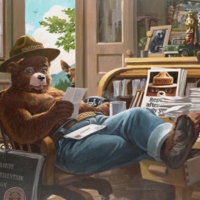
IntroductionSmokey Bear, the U.S. Forest Service's popular icon of wildfire prevention, was created during World War II to publicize the need to protect a critical natural resource-wood. To combat the incidence of human-caused forest fires, the U.S. Forest Service established the Cooperative Forest Fire Prevention (CFFP) program in 1942. The CFFP adopted Smokey as its official symbol two years later. Smokey Bear's famous slogan, "Only you can prevent forest fires," was added in 1947 by the Wartime Advertising Council, known today as the Ad Council.The first artist's rendering of Smokey was created by Albert Staehle (http://www.albertstaehle.info/) in 1944. Staehle was followed by numerous other Smokey artists. Prominent…
STOP Screwworms: Selections from the Screwworm Eradication Collection
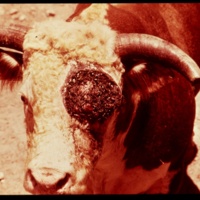
The STOP Screwworms: Selection from the Screwworm Eradication Collection program was created in April of 2000 and therefore the information may not be current. To receive more current information, please contact us with your comments and questions.
USDA History Collection
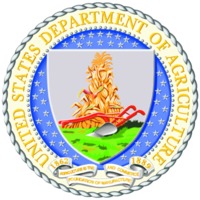
Hints for Researchers
The major feature of this exhibit is the finding aid (formal title: Guide to the USDA History Collection). A finding aid is a research tool used to describe a collection of documents held by an archives, library or museum. It presents a detailed description of the collection, its major subdivisions, and the intellectual organization of the materials.
The finding aid is the primary point of access for anyone doing research in the collection, and can help in determining if the collection will satisfy the informational needs of the researcher.
The References and Research Guides section includes notes on using the finding aid, and brings together additional information about people and topics covered in the collection.…
USDA's Contributions to Veterinary Parasitology

About the Exhibit
This exhibit is based on an extensive collection of late nineteenth and early twentieth century documents, drawings, photographs, lantern slides, negatives, and publications from the U.S. National Animal Parasite Collection Records. The materials were collected by scientists working in the Biosystematics and U.S. National Parasite Collection Unit in Beltsville, Maryland. These papers were transferred to the National Agricultural Library's Special Collections between 2001 and 2015 and are now available to the public for historical research.
The collection of papers chronicling the USDA's veterinary parasitology work complements the United States National Parasite Collection (USNPC), a scientific specimen collection…
 An official website of the United States government.
An official website of the United States government.

